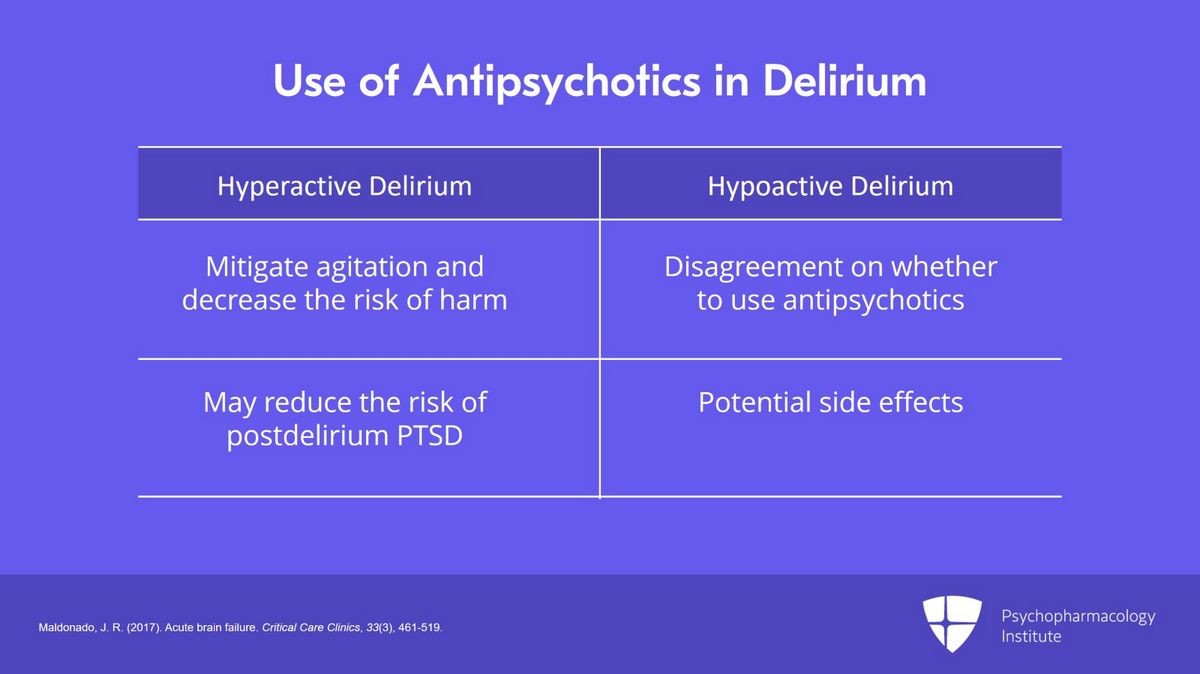
Contents
Haldol vs. Thorazine
Haldol is an antipsychotic drug used to treat schizophrenia, acute psychosis, and Tourette’s syndrome. It affects neurotransmitters in the brain by blocking their receptors on the nerves.
Thorazine, on the other hand, is an antipsychotic used to treat schizophrenia, bipolar disorder, severe behavioral problems in children, and various other conditions. It helps to restore the balance of certain natural substances in the brain.
Side effects of Haldol and Thorazine
Haldol
The most common side effects of Haldol include extrapyramidal effects, dizziness, hyperactivity, tiredness, and nausea. Other important side effects include sedation, weight gain, erectile dysfunction, menstrual irregularities, insomnia, gynecomastia, dry mouth, vomiting, and constipation. Haldol may also cause orthostatic hypotension, abnormal heartbeats, seizures, changes in blood cells, and withdrawal symptoms. Elderly patients with dementia-related psychosis treated with Haldol are at an increased risk of death.
Thorazine
Common side effects of Thorazine include dizziness, drowsiness, anxiety, sleep problems, breast swelling or discharge, changes in menstrual periods, weight gain, swelling in hands or feet, dry mouth, stuffy nose, blurred vision, constipation, impotence, and trouble having an orgasm. Thorazine may cause dependence, so it’s important to consult a healthcare professional before stopping the medication to avoid withdrawal syndrome.
Dosage of Haldol and Thorazine
Haldol
The recommended dose of Haldol for schizophrenia is 0.5-5 mg two or three times daily, up to a maximum dose of 30 mg daily. The dose for Tourette’s syndrome is 0.5-5 mg orally two or three times daily.
Thorazine
Follow the directions on your prescription label and use Thorazine exactly as directed. It comes in oral and injectable forms, and your doctor will determine the appropriate dosage for you.
Drug interactions with Haldol and Thorazine
Haldol
Haldol may cause increased sedation when taken with alcohol, benzodiazepines, narcotics, or tricyclic antidepressants. Certain antihypertensive medications and carbamazepine may affect the effectiveness of Haldol, while rifampin may increase the risk of side effects.
Thorazine
Thorazine may interact with various medications, such as atropine, lithium, phenytoin, antibiotics, birth control pills, blood pressure medications, blood thinners, asthma medications, insulin, stimulants, ADHD medications, and many others. It’s important to inform your doctor about all the medications you are taking.
Safety during pregnancy or breastfeeding
Haldol
Neonates may develop withdrawal symptoms and extrapyramidal symptoms if exposed to Haldol during the third trimester of pregnancy. Haldol is secreted into breast milk and should not be used while breastfeeding.
Thorazine
Chlorpromazine may cause side effects in a newborn if taken during pregnancy. It can also pass into breast milk and harm a nursing baby. Consult your doctor before breastfeeding.
Subscribe to MedicineNet’s Depression Newsletter
By clicking "Submit," I agree to the MedicineNet Terms and Conditions and Privacy Policy. I also agree to receive emails from MedicineNet and understand that I may opt out of subscriptions at any time.
Summary
Haldol and Thorazine are antipsychotic medications used to treat schizophrenia, acute psychosis, Tourette’s syndrome, bipolar disorder, severe behavioral problems in children, and other conditions. Both drugs have their own set of side effects, dosage instructions, drug interactions, and considerations for use during pregnancy or breastfeeding.


